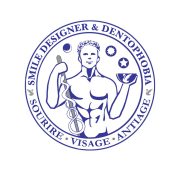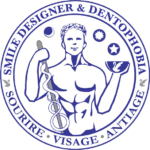HYALURONIC ACID INJECTIONS
BY THE "COSMETIC DENTIST
Hyaluronic acid to plump lips and rejuvenate facial expression without fear or pain
HYALURONIC ACID INJECTIONS BY THE "COSMETIC DENTIST
WHAT IS HYALURONIC ACID?
Hyaluronic acid to plump the lips and rejuvenate facial expression under sedation without fear or pain.
Legislation concerning hyaluronic acid injections differs from one country to another. For example, the injection of hyaluronic acid by dentists in France is only authorized in certain areas of the face. We recommend that readers inform themselves about the legislation in their region.
Dental surgeons are qualified to perform hyaluronic acid and PRF injections in the perioral area.
This allows us to obtain the filling of wrinkles in a totally harmless way and to rejuvenate the face, which is a good complement to global rehabilitation treatments.
But this can also be done without any dental problems.
It is a very particular compound which confers at the same time hydration and tonicity to our skin.
From the age of 20, we lose about 1% per year, causing skin slackening, dehydration and the formation of wrinkles and fine lines that appear with time.
At the molecular level, it is a chain of sugars, the glycosaminoglycans, which are placed end to end with a very particular arrangement, which confers on hyaluronic acid both a strong hydrating and volumizing power.
They are found in all living organisms. Hyaluronic acid is produced from bacterial fermentation.
In its initial state, hyaluronic acid is liquid. It is said to be “non-cross-linked”: the molecules circulate freely.
They can be mixed with vitamins to allow us to perform mesolifts to plump and rehydrate the skin in depth and get rid of fine lines that appear over time, especially in smokers and people who expose themselves to the sun a little too often.


IMMEDIATE RESULTS
After this simple correction, the eyes appear less tired and more radiant, because filling in the hollows erases the shadows cast and the face simply captures more light
The results are discreet yet visible enough without radically transforming your face.
Unlike botulinum toxin, dermal fillers are immediately visible and long-lasting: between 9 months and 2 years depending on the area treated and the type of product used.
- There is no social eviction to be expected: Immediately visible results, without any social eviction. Pick up your day where you left off, right after your injection session.
- Safety: Safe, effective and reassuring compounds because they are entirely resorbable, with the possibility of removing the filling product in the event of non-satisfaction.
- Comfort : No pain thanks to the fine needles used. The risk of hematoma is minimized with new injection techniques using micro-cannulas such as the ” magic needle“.
- Durability: Holds up to two years. The new generations of hyaluronic acids give an even more natural result with a perfect integration in your face.
BEWARE OF SURREAL EXPECTATIONS
Obviously, each treatment plan must be personalized. However, what comes up most often during a consultation is the treatment of the lower two-thirds of the face. When we understand the different mechanisms of structural aging, it is logical to start by filling in a valley of tears and cheekbones to restore tension to the middle third of a face, a bit like an aunt’s stake that is straightened to tighten the canvas.
Keep in mind that aesthetic medicine brings improvements and natural harmony to your face. It is not made to transform you! A practitioner who will propose a treatment plan adapted to your morphology and who will meet your expectations is the guarantee of a quality care; It is essential before taking the plunge to feel confident with the aesthetic doctor that you will have chosen, obviously after having taken the necessary time to reflect.
Note: Some countries, including France, authorize this protocol exclusively for curative purposes.
FILLING PRODUCTS OR "FILLERS
Over time, skin tissue tends to lose moisture and elasticity. Similarly, the subcutaneous fat becomes rarer and the volumes of the face change (involution of the cheekbones and chin, appearance of nasolabial folds, etc.).
These effects can be effectively corrected by fillers. There are two distinct types:
Non-resorbable: Mainly collagen-based, they should be avoided because there is no way to go back in case of over-correction
Resorbable: Hyaluronic acid, Calcium Hydroxy-apatite (Radiesse), Polycabrolactone beads (Ellansé)
THE DIFFERENT TYPES OF FILLERS
Hyaluronic acid is the leader of the filler family.
It is a synthetic molecule, strictly similar to the natural hyaluronic acid found in our skin, which tends to become rarer with time.
The obvious advantage of hyaluronic acid is that this substance is already present in our body and therefore does not attack our body during the injection. Our body sometimes tends to reject new substances, but this is not the case with this acid that it already knows.
There is not one but several types of hyaluronic acid:
- The non cross-linked (very fluid), injected very superficially and which will be used essentially to rehydrate the skin by restoring its radiance and softness.
- The medium reticulated (or medium compact) which will be injected preferably in the middle or deep dermis. They will allow us to fill in your nasolabial folds, perform medical rhinoplasties, correct the oval of the face or restore the volume of the lips.
- The very reticulated ones (understand very compact / viscous) that are injected deeply. These will be used to restore the volumes.
EACH INDICATION HAS ITS OWN FILLER
Each type of filler meets a specific need. Depending on the area treated, it will be injected with a needle or a micro-cannula.
The tensor effect of Radiesse will restore the oval of a face.
Ellansé will restore lost volumes thanks to its strong volumizing power.
Cross-linked hyaluronic acid (Juvederm, Filorga XhA, Belotero, etc…) is perfectly indicated for lip augmentation.
Non-cross-linked hyaluronic acid (Filorga NCTF 135 HA) is the ideal product for mesolift sessions to plump up the skin around the lips.
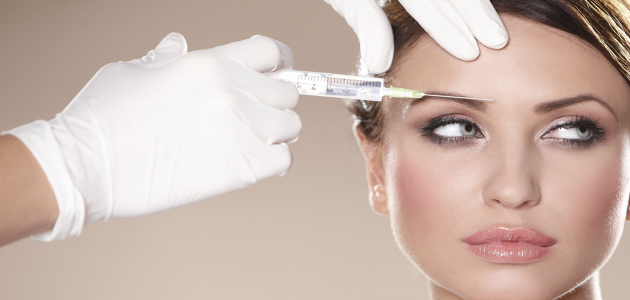
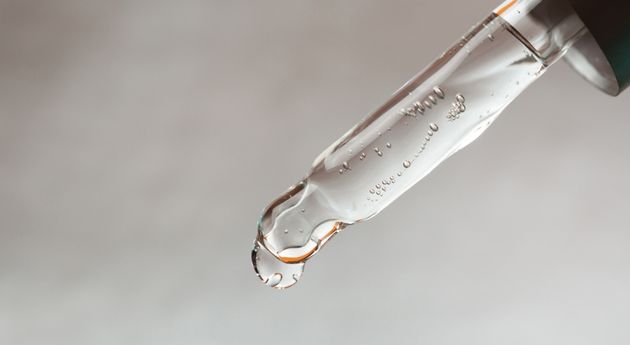
CROSS-LINKING OF THE HYALURONIC ACID (DEPENDING ON THE DESIRED TREATMENT)
When we want to create volume, the hyaluronic acid molecules must be “clumped” together. This is where the cross-linking process comes in.
By adding a complexing agent called BDDE (for butanediol diglycidyl ether), we obtain a more and more compact gel of cross-linked hyaluronic acid which constitutes the syringes we use in our treatment plans.
There are several degrees of cross-linking, corresponding to more and more compact hyaluronic acids, thus volumizing.
Depending on the different preparations made in the laboratory, the concentration of hyaluronic acid and the degree of cross-linking vary. Each has its own cross-linking method with its own advantages and disadvantages.
THE DIFFERENT TYPES OF CROSS-LINKING
Schematically, a highly cross-linked hyaluronic acid will allow us to restore volumes. It is preferentially used on the middle third of the face to treat a valley of tears, cheekbones, cheeks.
A moderately cross-linked hyaluronic acid is best used to plump up lips or fill in nasolabial folds or faint bitterness folds
A weakly cross-linked hyaluronic acid should be used when surface wrinkles need to be filled in to avoid the tyndall effect (unsightly bluish coloring of the skin due to the reflection of light on the small clusters of hyalutronic acid, located too superficially), which can be observed when a poorly suited hyaluronic acid is used to fill in the “bar code wrinkles” located around the mouth
COHESIVENESS, PLASTICITY, ELASTICITY OF HYALURONIC ACID
These three concepts determine the physical characteristics of cross-linked hyaluronic acids:
- A cohesive hyaluronic acid will therefore keep its ability to stay in place longer because it will tend to “scatter” less after injection. Therefore, it will fill in the targeted wrinkles in a lasting way.
- The plasticity of a hyaluronic acid is its capacity to be shaped after injection, in order to give it the shape you want. This feature is particularly useful when trying to fill in particularly hollow areas (tear valley, cheeks) that usually consume a lot of volume.
- The elasticity of a hyaluronic acid. It corresponds to its capacity to return to its initial state after being modeled thanks to the post-injection massage. Hyaluronic acid is used as a “ladder” to restore tension to certain loose areas
This is particularly the case when treating bitterness folds by horizontalizing the commissures (or “corners of the mouth”) which tend to point downward.
Depending on the desired treatment, we will choose a hyaluronic acid better known for being cohesive, plastic or elastic
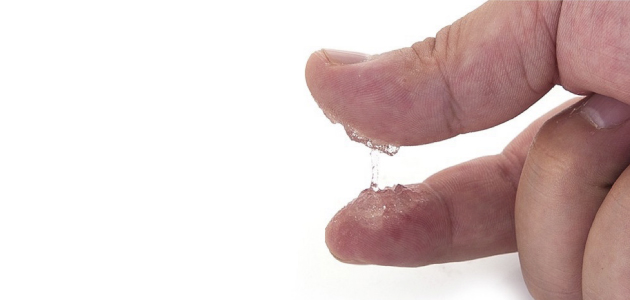
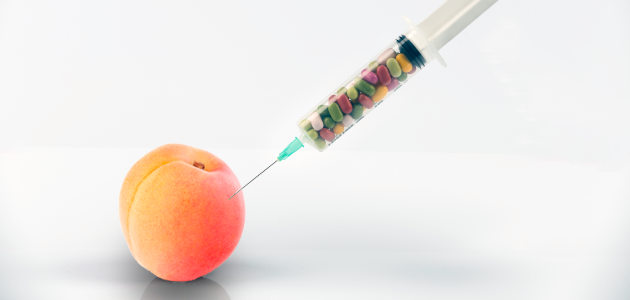
ACHMOPHOBIA: INJECTIONS EVEN FOR THOSE WHO ARE AFRAID OF INJECTIONS
Fillers are often proposed as the first line of rejuvenation plans. Beyond the simple filling of wrinkles, they restore lost volumes, redesign the oval of the face and rehydrate the skin in depth, giving the face a second youth.
Injections of hyaluronic acid into the skin of the face are not new, but many people are reluctant to undergo them for fear of injections, blood, syringes and pain.
All types of injections can be done under sedation with MEOPA or even under semi-conscious sedation with an anesthesiologist.
